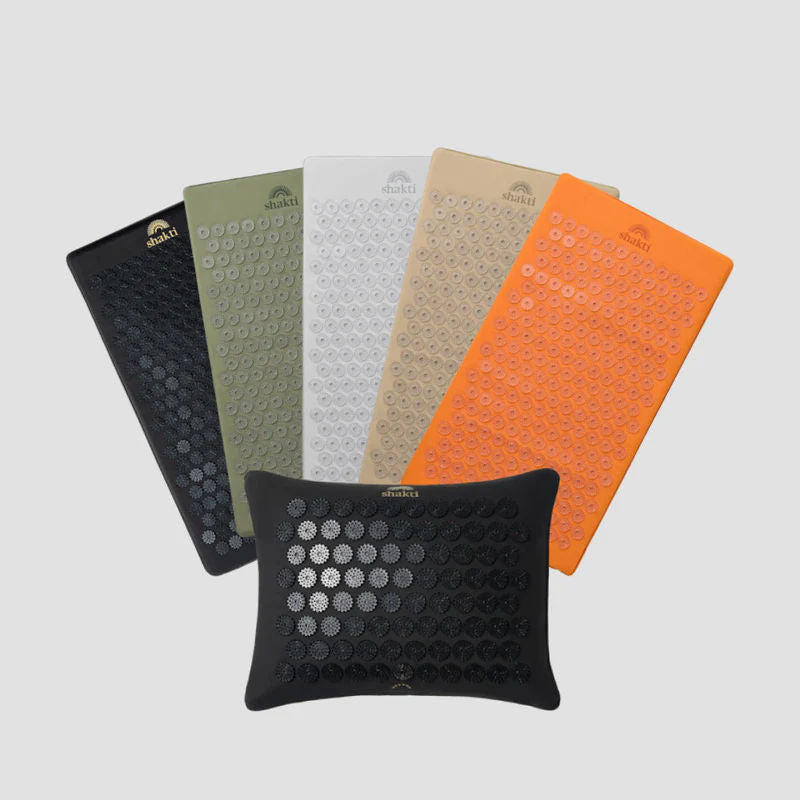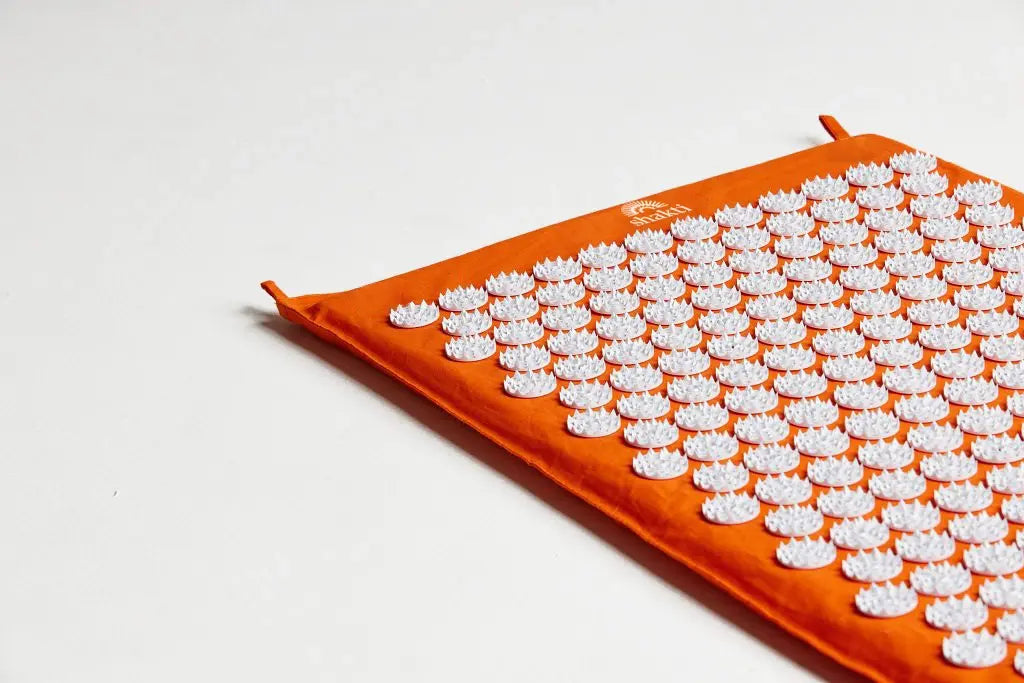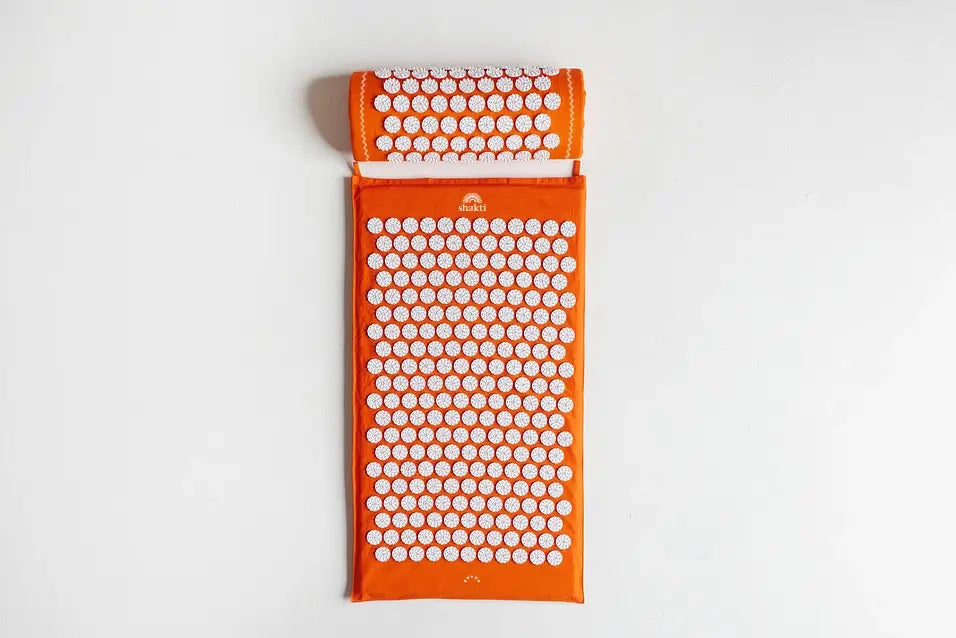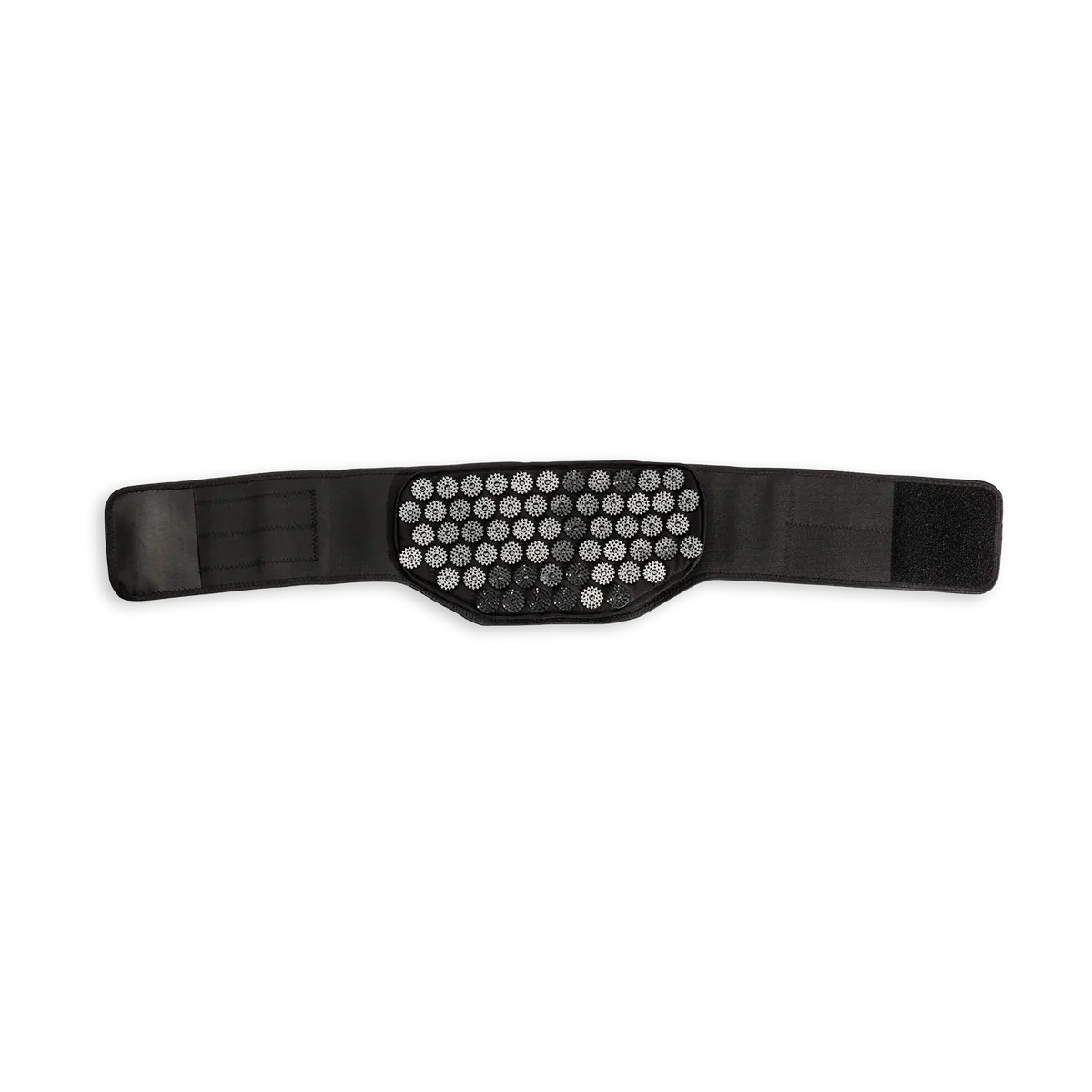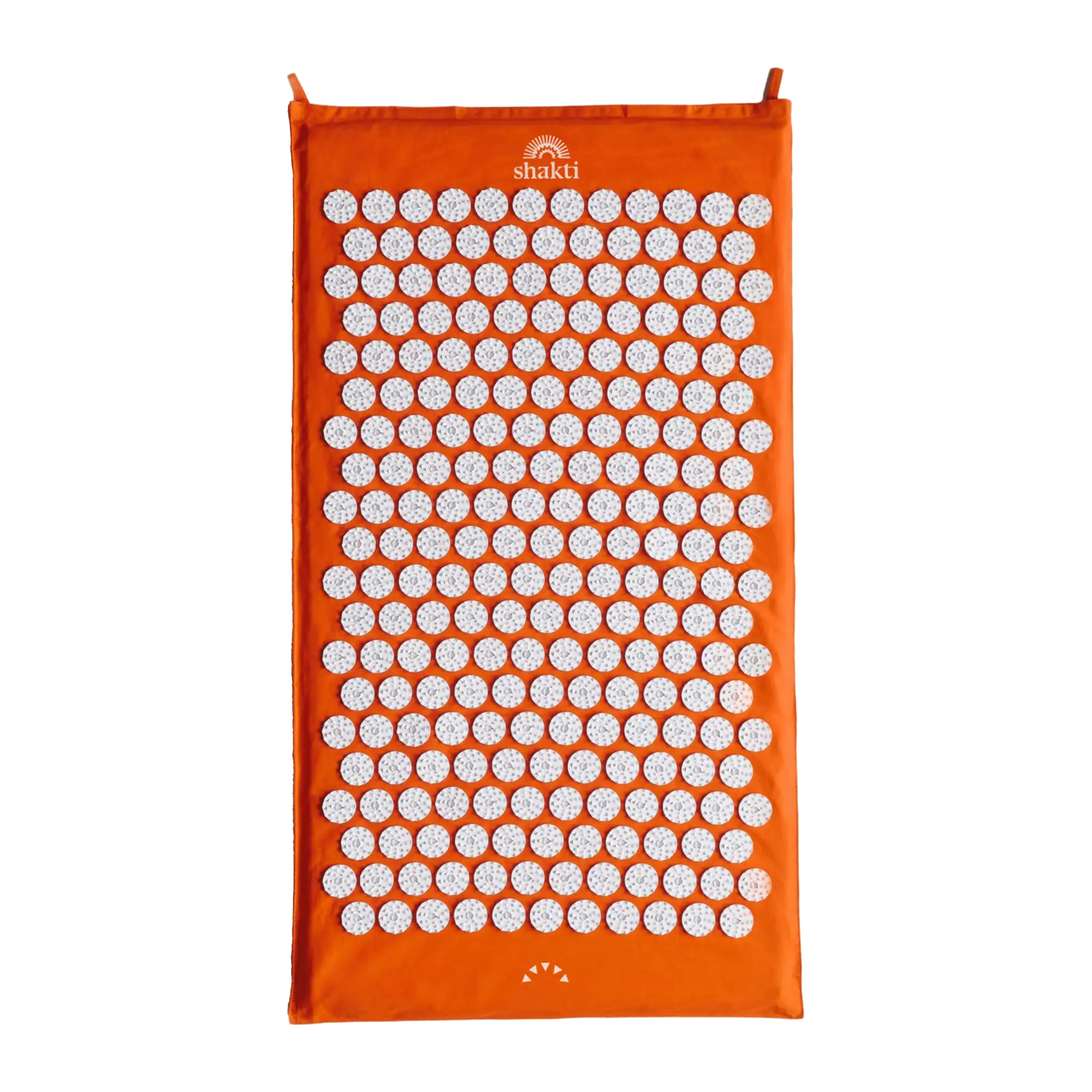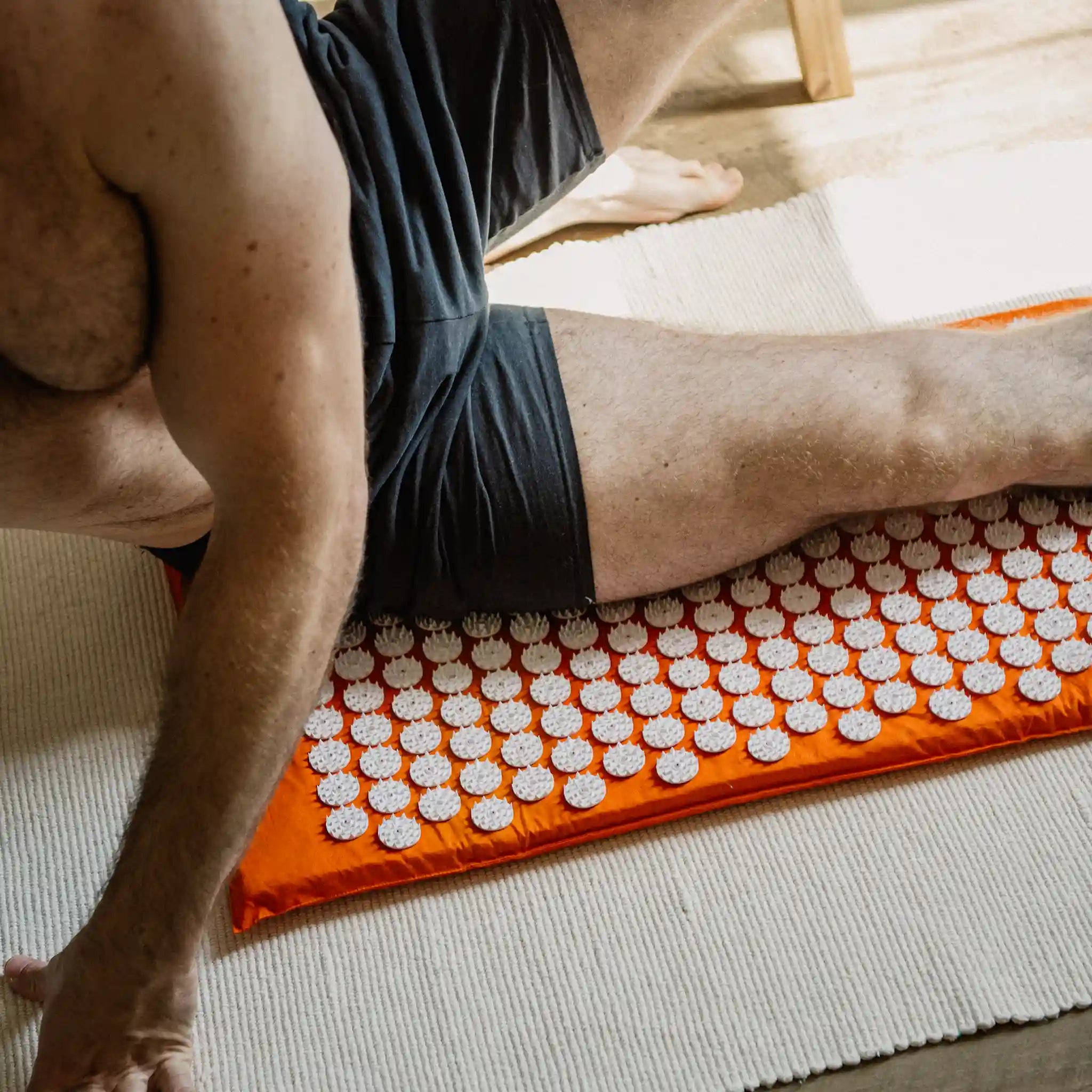Does this sound familiar? A sharp, stabbing pain runs through your shoulder as soon as you lift your arm, for example to get dressed or grab something from a shelf. This could be shoulder impingement syndrome, also known as shoulder tightness syndrome. If you have this, even everyday movements become a painful challenge. The syndrome usually begins with mild pain, which becomes more and more intense over time and can ultimately become a pain in numerous movements. The following sections are dedicated to shoulder impingement syndrome. We would like to explain to you in more detail what causes it, what symptoms it causes and what treatment options you can use for shoulder impingement syndrome.
Content
1. explained briefly and clearly: shoulder impingement syndrome
2. impingement syndrome of the shoulder: symptoms you know?
3. impingement syndrome of the shoulder: recognize & avoid causes
4. impingement syndrome of the shoulder - this treatment can help
5. 4 effective exercises for impingement syndrome of the shoulder to do at home
6 Our conclusion on impingement syndrome of the shoulder
Explained briefly and clearly: shoulder impingement syndrome
Shoulder impingement syndrome, often referred to as shoulder impingement, is characterized by severe shoulder pain caused by repetitive movements or poor posture. It occurs when the space between the humerus and the acromion is reduced. In this case, the tendons and bursae in the shoulder become trapped, which can lead to pain, inflammation and restricted movement or even blockages. In everyday life, this affects you in an incredible number of ways, as your shoulder is involved in more movements (directly or indirectly) than you think.
Raising your arms above your head to reach a high shelf? Very painful! Wash your hair? May have to wait another day. Putting on a sweater or jacket? Almost impossible! Ball sports like tennis or volleyball? Unthinkable! We could continue this list indefinitely, but you probably already understand that shoulder impingement syndrome cannot simply be ignored. We have to take action together. But first we want to clarify the symptoms and causes.
Shoulder impingement syndrome: symptoms you know?
If you suffer from shoulder impingement, shoulder pain usually occurs when you lift your arm sideways or turn it inwards. But what exactly does this pain feel like? Let's take a detailed look at the signs.
Impingement syndrome can manifest itself through a variety of symptoms. These primarily include pain in the shoulder area, which often occurs during certain movements, such as lifting the arm. This pain can be sharp and stabbing or a dull, persistent ache. Another common symptom is limited mobility of the shoulder, particularly when raising the arm above shoulder height. This can even go so far as to completely block your shoulder and make it really stiff. If movement is still possible, you may also feel a crunching or cracking sensation in your shoulder. And sometimes the pain radiates from the shoulder to the upper arm. Night pain when lying on the affected shoulder is also not uncommon, as sometimes swelling or inflammation can also occur in the shoulder region.
Do you recognize yourself? If impingement syndrome is left untreated, these symptoms usually worsen over time and lead to considerable restrictions in daily life. You can prevent this by knowing the exact causes of shoulder impingement syndrome - and ideally avoiding or reducing them. You'll find out more in a moment.
Shoulder impingement syndrome: recognize & avoid causes
It is important to identify the individual risk factors and adjust them if necessary in order to minimize the risk of shoulder impingement syndrome. It can be caused by various influences, which can occur in combination or individually. One common cause is repetitive overhead movements, which are common in certain professions or sports. If you are a painter or a passionate volleyball player, for example, you are unfortunately in the risk group. These activities can lead to gradual wear and tear of the tendons in the shoulder, which reduces the space between the humerus and the acromion and encourages the tendons to become trapped.
Another cause can be poor posture. In the long term, this leads to uneven strain on the shoulder muscles and, as a result, possibly to a shift in the anatomical structures of the shoulder. This risk group for shoulder impingement syndrome includes all those who sit for long periods of time, stare at their computer screen with far too much tension and do not do any physical exercise. But that's not all, there are other causes or risk factors for shoulder impingement syndrome.
Injuries such as falls or sudden strain can also trigger or exacerbate painful shoulder impingement. In addition, age-related changes such as wear and tear or osteoarthritis or changes in the bone structure of the shoulder can also play a role. Bursitis can also cause pain in the shoulder. Important to know: very often, muscular tension is also the cause of shoulder pain. On this basis, it is certainly understandable that shoulder impingement syndrome can even have psychological causes. This is because people who suffer from strong pressure or great anxiety become tense. This causes persistent cramps that can lead to pain in the shoulder. The good thing about this is that you can do something about it, for example with relaxation exercises, massages or a quick session on the acupressure mat.
Shoulder impingement syndrome - this treatment can help
Depending on the intensity of the shoulder pain and the impairment of movement function, you have various options for treating impingement syndrome. In most cases, you start with conservative measures such as rest, rest and physical therapy. Physiotherapy helps to strengthen the muscles around the shoulder and improve mobility. This in turn can help to reduce the pressure on the trapped structures. In addition, a shoulder joint that is kept stable by strong muscles relieves the affected tendons. We will show you a few exercises later on that strengthen the shoulder muscles, increase the range of motion and stimulate blood circulation.
Releasing tension in the affected area can also reduce your shoulder pain. Acupressure can be considered as a complementary treatment method for shoulder impingement syndrome. By applying targeted pressure to specific points on the body, tension and blockages can be released, which can help to improve blood flow and aid healing. An acupressure mat can help to stimulate these pressure points and achieve the desired effects. It is also very easy to use: All you have to do is lie down on it and the many points do the rest. Our tip: Many points are very suitable for beginners, fewer points for advanced users.
If there is evidence of inflammation, anti-inflammatory medication can also be used to relieve the pain. If all these conservative measures do not help, surgery may be necessary in some cases. But let's try a few effective exercises first.
4 effective exercises for shoulder impingement syndrome at home
In the case of shoulder impingement syndrome, it is important to perform targeted and gentle exercises. They loosen, strengthen and relax the muscles, improving your mobility. Here are four exercises for shoulder impingement syndrome that you can easily do at home (or at work):
- Slowly loosen your muscles: Stand on a straight surface with your knees slightly bent. First let the affected arm hang loosely downwards. Then carefully move the arm back and forth, forwards and backwards, to create a gentle pendulum motion. Repeat this movement for about 1-2 minutes. Make sure to perform the movement slowly and in a controlled manner so as not to put any additional strain on the shoulder.
- Strengthen your shoulder sustainably: You're probably familiar with the classic forearm support. Lie on the floor, lean on your forearms and the tips of your toes and keep your body in a straight line. This exercise is great for core stability and strengthens your shoulders. Try to hold this position - without wobbling - for around 30 seconds. You can do it! But be careful: if your pain worsens during the impingement syndrome exercises, you should stop immediately and seek medical advice.
- Extend your range of movement bit by bit: Attach a Theraband to a stable object at shoulder height. Hold the Theraband with the affected hand and stand to the side of the object. Now bend your elbow to around 90 degrees and hold your upper arm close to your body. Then turn your hand outwards so that your forearm is pointing away from your body. Slowly return to the starting position and repeat the movement 10-15 times. Make sure you keep your shoulder stable during the exercise to avoid overstraining it.
- Deep relaxation at the end: It is a well-known fact that people in pain tense up. For this reason, muscle tension is often associated with numerous illnesses. This can also be the case with shoulder impingement. And as it generally doesn't hurt to bring a little more relaxation into your life, we end our exercise session with a short session on the acupressure mat. Just a few minutes are enough for the numerous tips to effectively relax your muscles and stimulate blood circulation. Feel the comforting, warm sensation afterwards - you're sure to love it and it will do your well-being good in general!
Our conclusion on impingement syndrome of the shoulder
Depending on its severity, shoulder impingement syndrome can lead to considerable pain, which can severely impair everyday life. Early diagnosis and targeted treatment are therefore crucial in order to avoid further complications and improve quality of life. Conservative measures such as physiotherapy and targeted exercises at home can strengthen the muscles around the affected area and often effectively alleviate the symptoms. Loosening the shoulder muscles, for example through massage or acupressure, can also help you on your way to less pain - just give it a try!
If there is no improvement after a maximum of six months of conservative treatment, shoulder impingement syndrome can be treated with surgery (outpatient or inpatient) after a thorough diagnosis and consultation with your doctor. To prevent this from happening in the first place, it is best to take preventative measures. There are effective preventative measures to minimize the risk of shoulder impingement. These include good posture, regular, gentle exercise and avoiding excessive strain on the shoulder.


